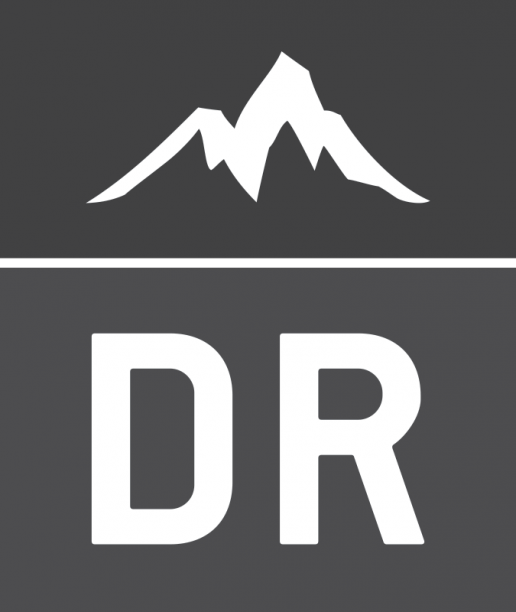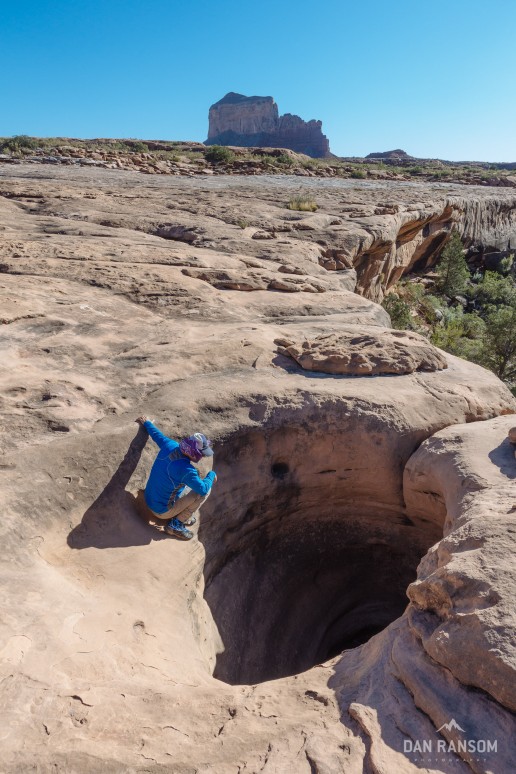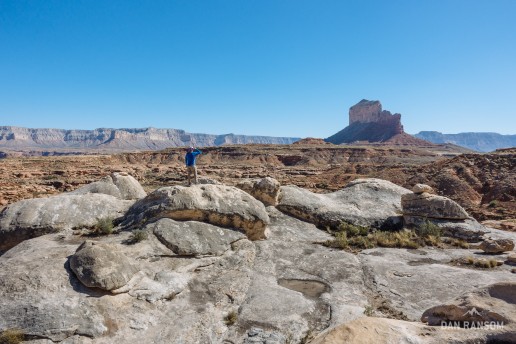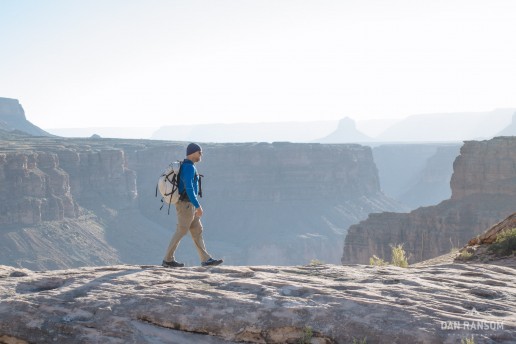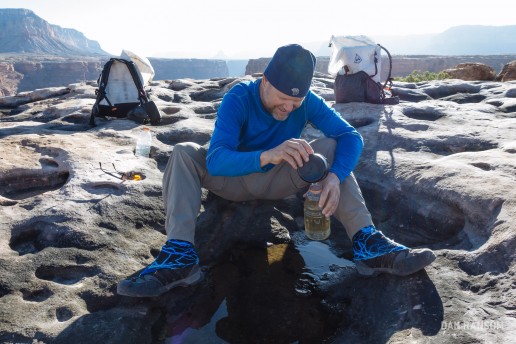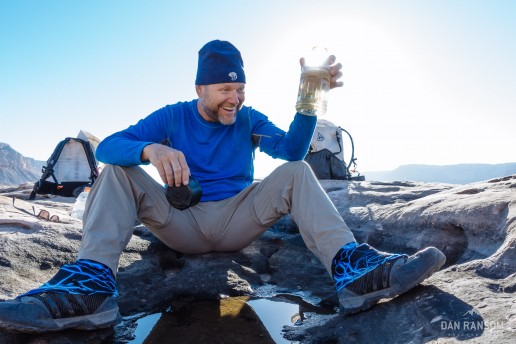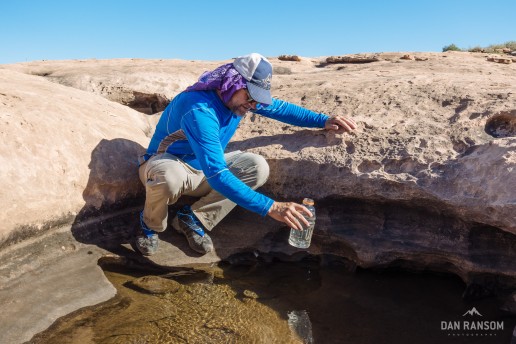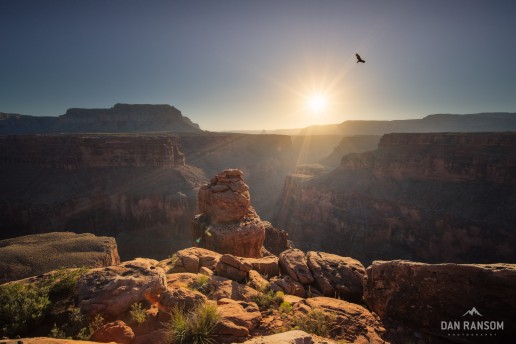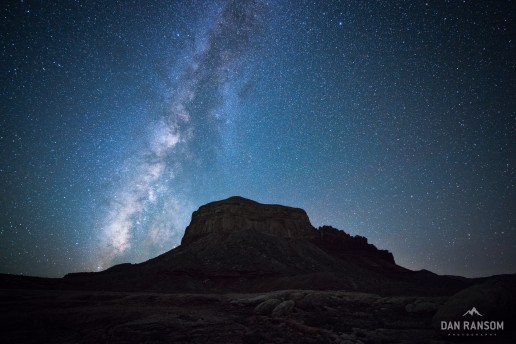TOO DAMN HOT
The esplanade in summer is a bad idea. It’s almost always too damn hot, shade is somewhat scarce unless you can find overhangs, and water sources are a total gamble. This is a trip that is much better in spring and fall. There is only one reason we did it in the heat: the Milky Way.
Rich and I had been batting around the idea of shooting the Milky Way as it passed behind the Dome for a few years. There’s a pretty narrow window when the galactic core is high enough in the sky that you can actually see it and the Dome, and the temps aren’t so ridiculously hot that you’ll suffer in the unrelenting sun.
It’s a weird enough combo of conditions you might wonder why it’s even a thing worth considering. And that’s a fair point. Rich and I might be the only two people who actually care.
Over the last couple of years Rich has been getting more into photography, especially timelapses of iconic Grand Canyon scenes. When it comes to Western Grand Canyon and the Esplanade, the Dome is about as iconic as it gets.
The Esplanade is more or less perfectly flat, so when you are hiking across it you can see for miles in any direction, the only time the view is blocked is by the canyon rims, or from a few huge towers like Sinyella and the Dome. That these towers even exist feels somewhat surprising, they stand like lighthouses on the slickrock assisting in navigation in these slickrock seas.
In other words, definitely worthy of a few days of hiking in 90 degree heat to snap some photos.
Finding Water
Finding water is without a doubt the hardest challenge of the Esplanade. The slickrock itself generally lends itself to pretty easy hiking, with limited elevation gain or loss. But there are almost no permanent water sources, your best bet are the waterpockets. In the summer, they dry up super fast, even after a monsoons have pounded the area.
Over the years, we’ve located a handful of fairly reliable potholes, and we figured if we could get out there within a few days of a monsoon, we’d probably have enough. Our confidence was boosted a bit knowing if we couldn’t find water on the way out, we could just turn around and retreat to known sources before we got too far ahead of ourselves.
That plan worked really well, right up until our last location we needed to have water – Dome Pocket. This is a pothole so deep and massive, it is even named on the USGS quad. Rumor is ranchers even improved some catchments around it to make it even more reliable. We were astonished to find it completely bone dry.
Fortunately, just a few hundred yards away we did find a very shallow pothole that had perfectly clear water – a literal lifesaver. Kind of boggles the mind how the biggest deepest pocket had no water in it, but one right next to it that is only a few inches deep had plenty. A good lesson about the unpredictability of water in the desert.
AROUND THE DOME
We spent the next two days hauling 6 liters of water around the Dome on the old Tuckup Trail (not much of a trail nowadays), shooting timelapses out on Pocket Point, and hiding in alcoves during the heat of the day. After seeing the Dome from a distance on multiple trips in the Canyon over the years, it was super cool to get an up close view of it. It’s surprising how complex the terrain gets as you circumnavigate the base.
Our final campsite would put us right below the Dome, where conditions lined up perfectly, and we had a killer view of the Milky Way on its transit behind the tower.
